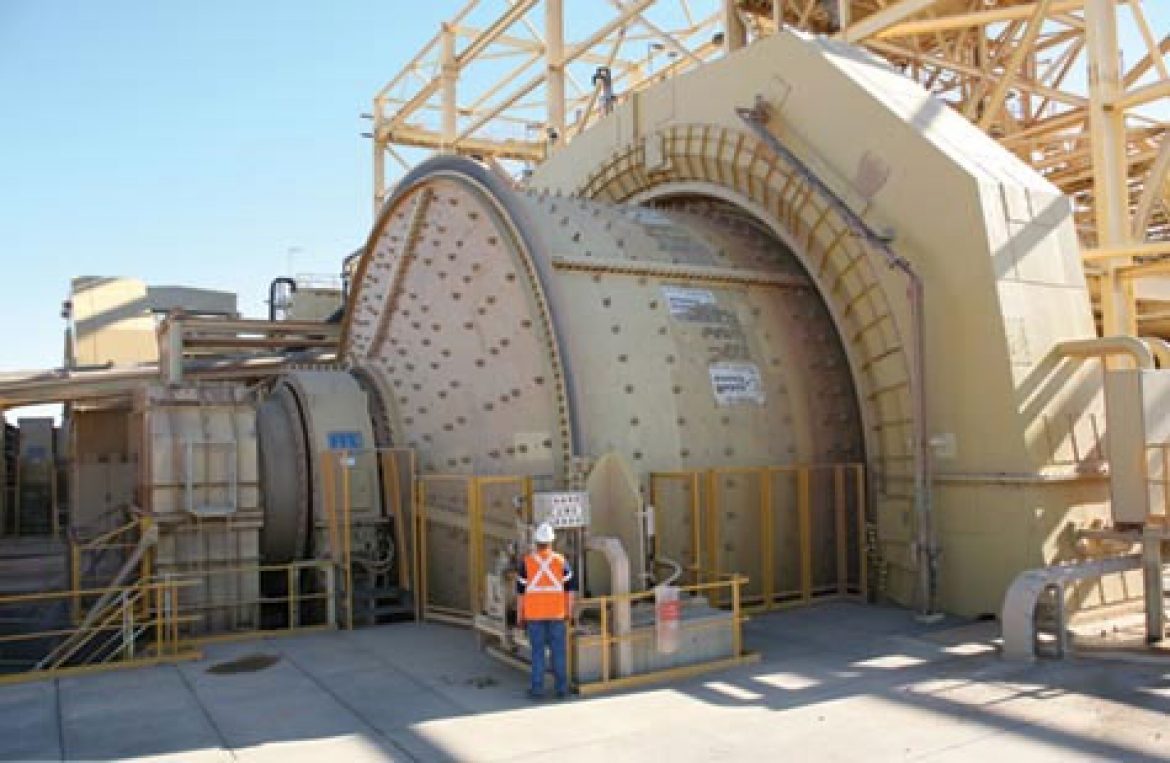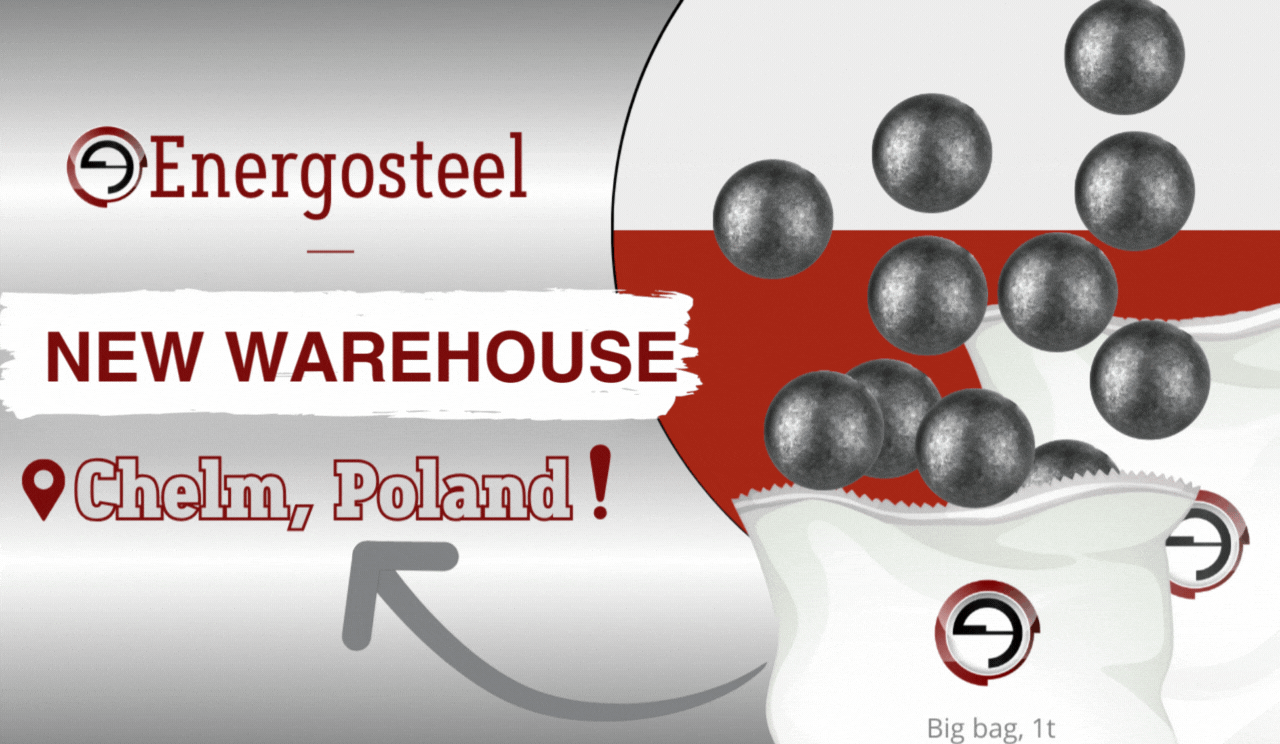The grinding process is the most energy-intensive part of the production chain for all enterprises. In this regard, each enterprise seeks to lower grinding costs by installing high-capacity ball mills (taking into account plants’ working areas). The grinding capacity of a mill is directly related to its geometrical dimensions. As larger the volume of the mill is, as greater its productivity should be.
The largest mills have proven to be used at ore-processing plants. The largest mill seen by Energosteel’s specialists was the first-stage grinder at one of the Russian ore-processing plants. It was 5,500×6,500 in size and had a working load of 270 tons of grinding balls.
Recently, an ore-processing plant located in Kazakhstan broke all the records. This plant’s ball mills are really huge. The plant’s enrichment scheme includes two types of grinding mills – a SAG mill (semi-self-grinding) and a BALL mill (ball grinding).
The semi-self-grinding mill (SAG) is 12.192 m in diameter and 7.01 m in length. Its capacity 898 cubic meters. The operating load is 626 tons. The mill is fed 125 mm grinding balls.
The ball mill (BALL grinding) is 8.34 m in diameter and 13.26 m in length. Its capacity 782.06 cubic meters. The operating load is 1,272 tons. The mill is fed 80mm steel grinding balls. The mill grinding performance might be up to 3,100 tons of ore per hour.
The grinding balls charged to these mills are characterized with a greater impact toughness in addition to high hardness qualities. All grinding balls produced by Energosteel are tested for their hardness (along the entire cross-section) and impact resistance. Earlier, we published information regarding the impact resistance tests conducted for our products (link to the article). Energosteel’s experts are absolutely positive that our grinding media can be used for such “extreme” conditions.







